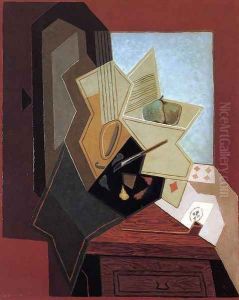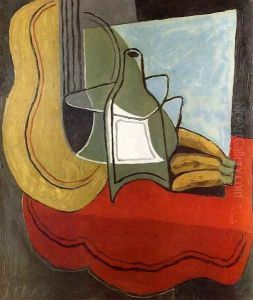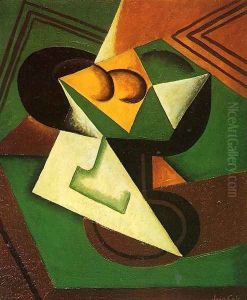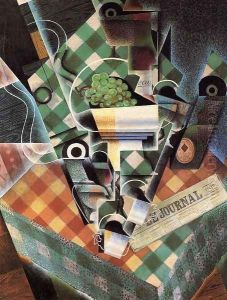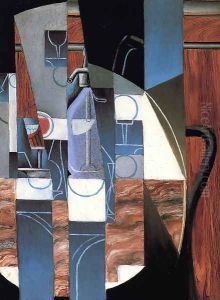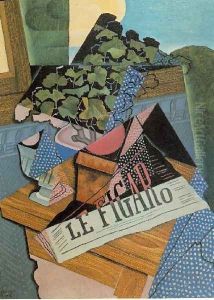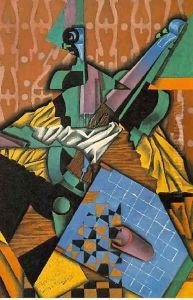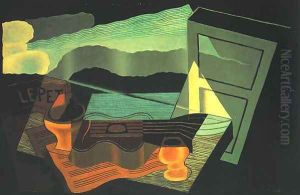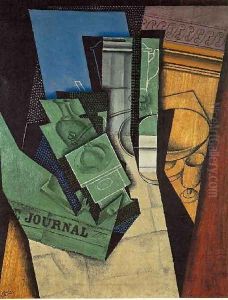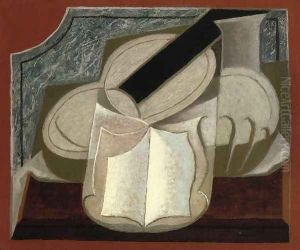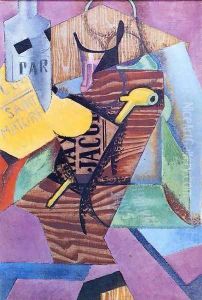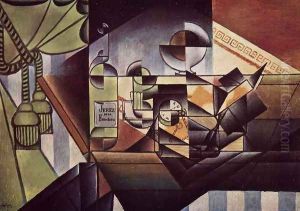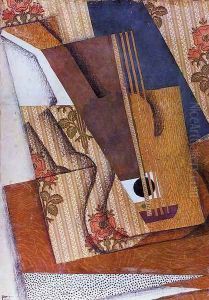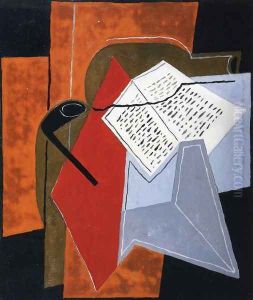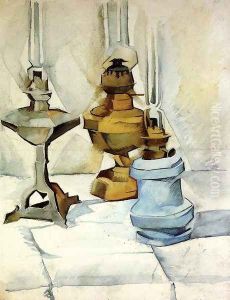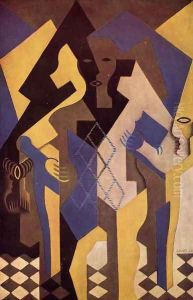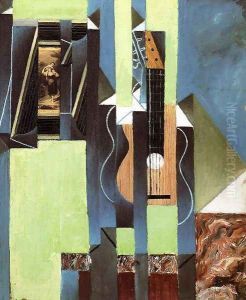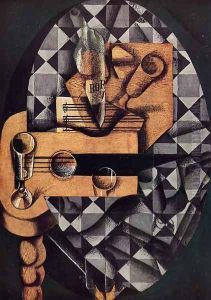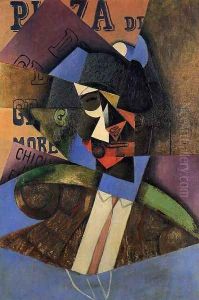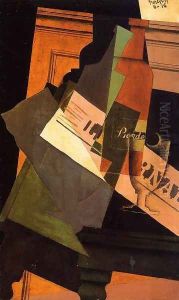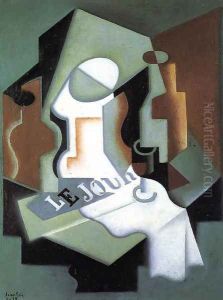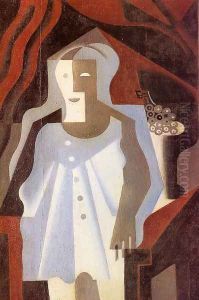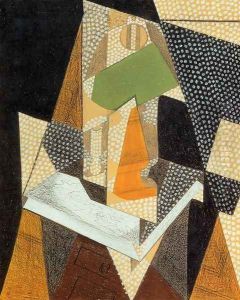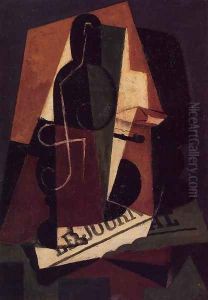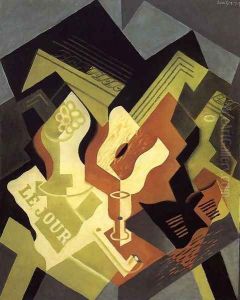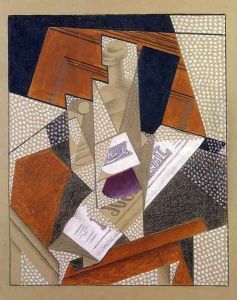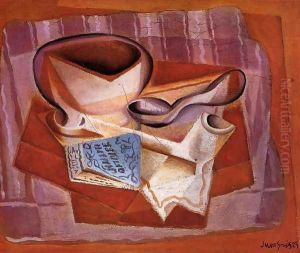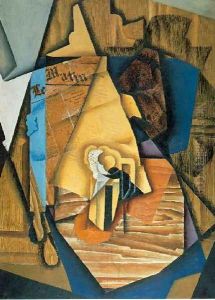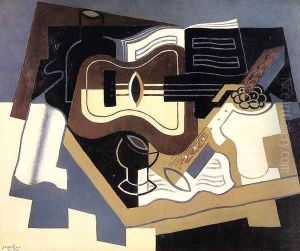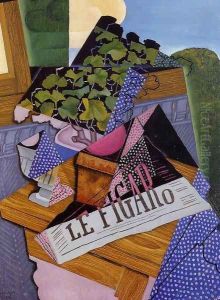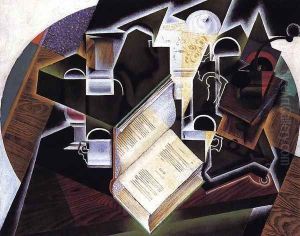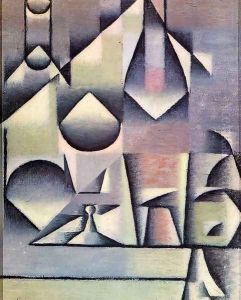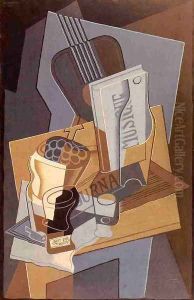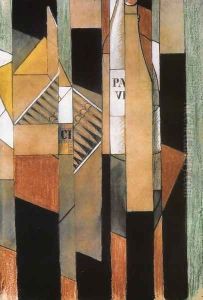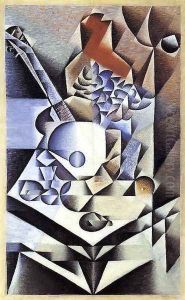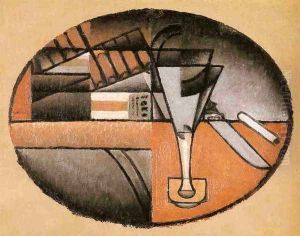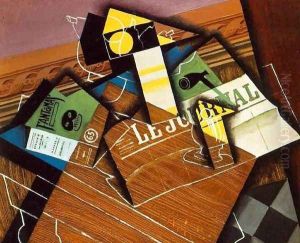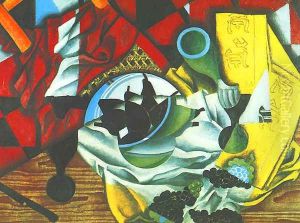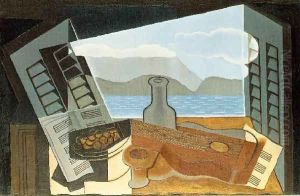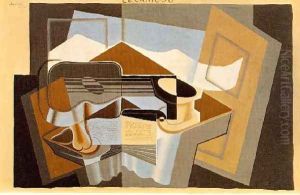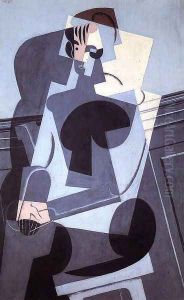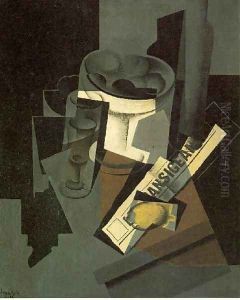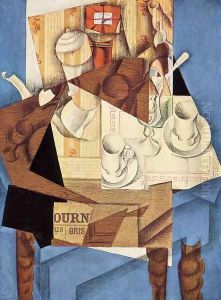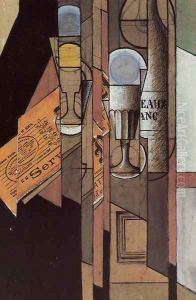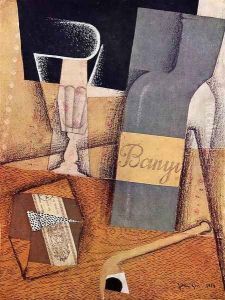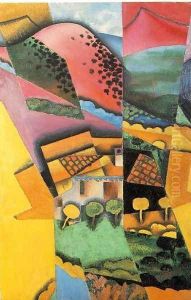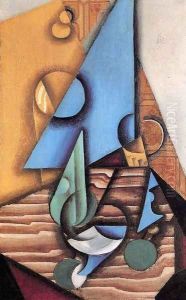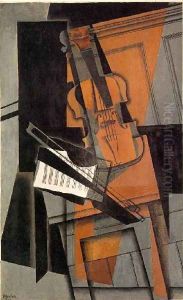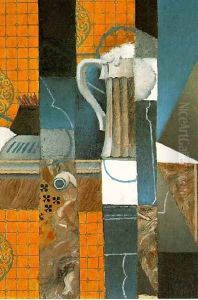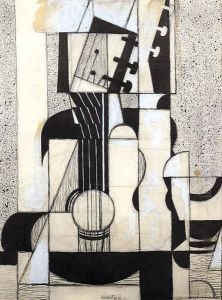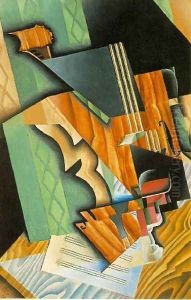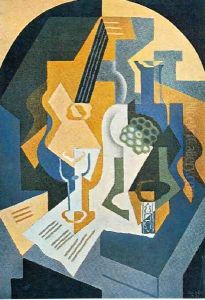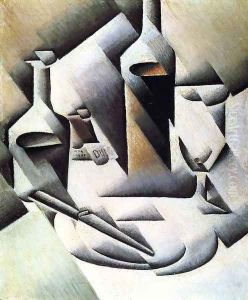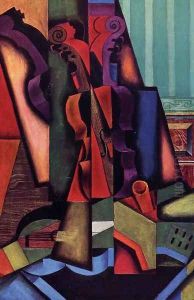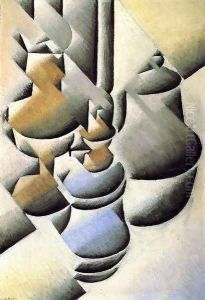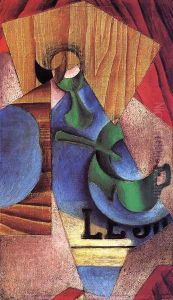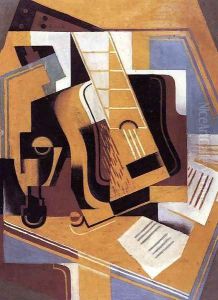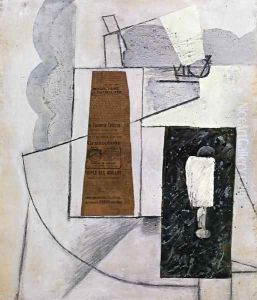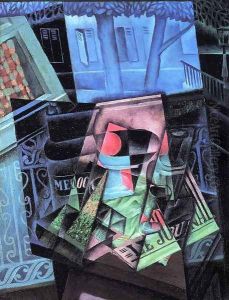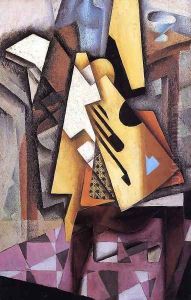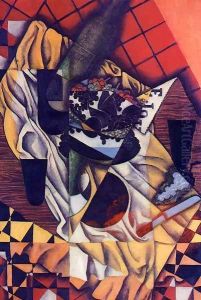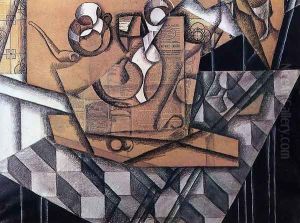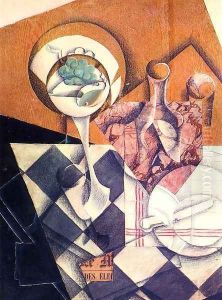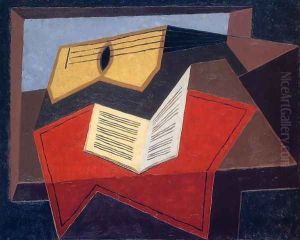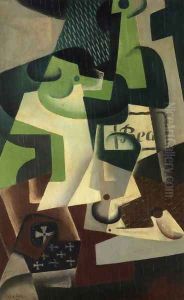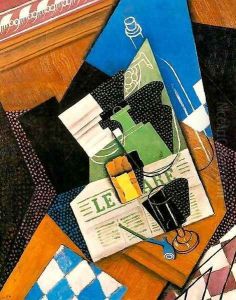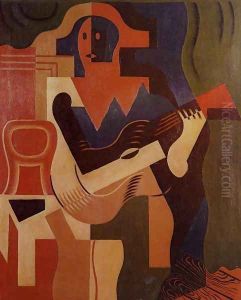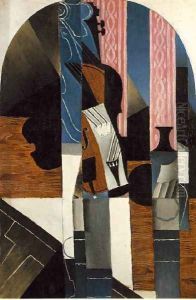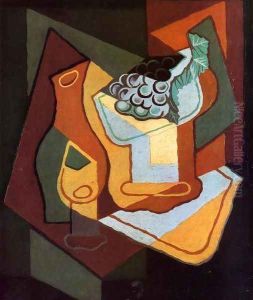Juan Gris Paintings
Juan Gris, born José Victoriano González-Pérez on March 23, 1887, in Madrid, Spain, was a significant figure in the early 20th century avant-garde movement, particularly known for his contributions to Cubism. Gris studied engineering at Madrid's Escuela de Artes y Manufacturas but left in 1904 to pursue his interest in art, studying painting at the Escuela de Bellas Artes de San Fernando.
In 1906, Gris moved to Paris, where he settled in the bohemian artists' colony of Montmartre. He initially supported himself by doing illustrations in a humorous style for various periodicals. It was in Paris that he adopted the pseudonym 'Juan Gris.' His proximity to prominent artists like Pablo Picasso and Georges Braque deeply influenced his artistic development, and by 1911, Gris too had begun to explore the Cubist style.
Gris's unique approach to Cubism was distinguished by a systematic and rigorous method. He was known for his clear and precise geometric forms and for introducing vibrant colors to his compositions, in contrast to the more monochromatic works of Picasso and Braque. Gris also experimented with collage and developed a form of Cubism known as Synthetic Cubism, which was characterized by the combination of different textures, patterns, and shapes.
During his career, Gris worked with various dealers and exhibited his work in multiple galleries. In 1912, he signed an exclusive contract with the influential art dealer Daniel-Henry Kahnweiler, which provided him with financial stability and allowed him to focus on his artistic work. His first solo show took place in 1912 at the Galeries Dalmau in Barcelona, and his work was also shown in the United States and across Europe.
Juan Gris's prolific period was relatively short due to his declining health. He suffered from chronic health issues, which were exacerbated by the hardships of World War I. Despite his health challenges, Gris continued to produce a substantial body of work that contributed to the evolution of Cubism. Unfortunately, his career was cut short when he died on May 11, 1927, in Boulogne-sur-Seine, France, at the age of 40. His legacy includes a body of work that is considered essential in understanding the development and diversification of Cubist art.
